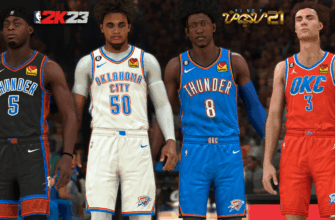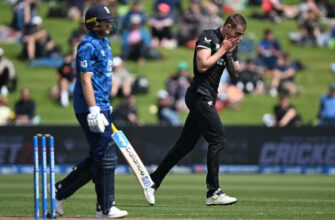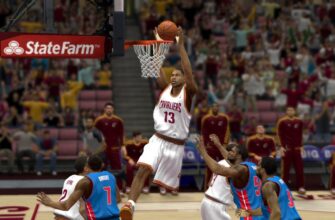The dawn of a new NBA season brings with it a familiar thrill, not just for professional players and their ardent fans, but for a unique breed of strategists: the fantasy basketball manager. As the 2025-26 season looms, the stakes are invariably high. Bragging rights, the sanctity of league titles, and perhaps even a modest cash prize hang in the balance. But how does one navigate the tumultuous waters of draft night, identify the next breakout star, and outmaneuver rival managers? The answer, as always, lies in preparation and meticulous planning.
The Art of the Draft: More Than Just Picking Favorites
Draft day is arguably the most critical juncture in any fantasy basketball season. It`s where championships are not won, but certainly lost. Relying solely on gut feelings or the names etched deepest into basketball lore is a fool`s errand. This isn`t about collecting trading cards; it`s about assembling a cohesive unit designed to maximize statistical output. It`s a technical exercise in player valuation.
A comprehensive player ranking system becomes your indispensable compass. Whether your league adheres to the granular detail of Head-to-Head (H2H) points or the statistical balance of Rotisserie (Roto) category scoring, understanding player value within these frameworks is paramount. A player who is a fantasy god in one format might be a mere mortal in another. Ignoring this nuance is akin to bringing a spoon to a knife fight – you`ll make contact, but it won`t be effective.
Beyond the Obvious: Unearthing Gems and Avoiding Landmines
The top-tier players are largely self-evident. The true artistry of fantasy management lies in the mid-to-late rounds. This is where the concepts of “sleepers,” “busts,” and “breakouts” come into play. A “sleeper” isn`t merely an underrated player; it`s an athlete poised for an unexpected surge in production, often due to a new role, improved health, or an evolving team dynamic. Identifying these hidden gems can provide an invaluable competitive edge, transforming a good draft into an exceptional one.
Conversely, avoiding “busts”—players whose real-life hype significantly outweighs their fantasy output—is equally crucial. These are often high-draft picks under new circumstances, aging stars on the decline, or players whose game doesn`t translate well to common fantasy scoring categories. Drafting a bust in an early round can cripple your team`s prospects before the season even begins. It`s a common rookie mistake, and even seasoned managers sometimes fall victim to the siren song of a familiar name.
Then there are the “breakouts”—players who transition from solid contributors to legitimate fantasy stars. Their identification requires a keen eye for underlying metrics, coaching changes, and developmental curves. Think of it as speculative investing, but with a significantly higher entertainment dividend and perhaps less risk than actual market trading.
The Long Game: Navigating the NBA Schedule
While draft day sets the foundation, the season itself is a marathon, not a sprint. Weekly matchups in H2H leagues or the cumulative grind of Roto demand ongoing strategic adjustments. This is where the seemingly mundane NBA schedule grid transforms into a tactical weapon. Understanding which teams have more games during crucial fantasy playoff weeks, or identifying stretches where your opponents might face thin schedules, allows for astute roster management. Streaming players based on favorable schedules, or strategically resting key players during light weeks, can be the difference between a hard-fought victory and a frustrating defeat.
It`s a subtle art, really. Forecasting player performance weeks in advance, balancing current production with future opportunities, and managing injuries with the grace of a seasoned physician. It requires a blend of foresight, statistical analysis, and a touch of that irrational optimism inherent in all sports enthusiasts.
The Ultimate Preparation: Your Path to a Championship
To truly excel in fantasy basketball, one must embrace the role of an amateur general manager. This means delving into the data and understanding the landscape, much like an actual NBA front office would. Key areas of focus include:
- Expert Rankings: Not just one, but a synthesis of several perspectives to form a balanced, informed view.
- Player Profiles: Understanding individual strengths, weaknesses, and potential roles within their team`s system.
- Draft Strategies: Adapting your approach based on draft position, league settings, and competitor tendencies.
- Mock Drafts: Practicing your strategy and identifying potential pitfalls before the real deal.
- In-Depth Analysis: Going beyond the box score to understand efficiency, usage rates, and advanced metrics that often reveal hidden value.
The fantasy basketball landscape for the 2025-26 season is ripe with opportunity for those willing to put in the work. It’s a game of skill, knowledge, and a healthy dash of luck, where preparation doesn`t guarantee victory, but dramatically increases its probability. So, as the new season beckons, arm yourself with data, refine your strategy, and prepare to etch your name into the annals of your league`s history. The trophy, metaphorical or otherwise, awaits the most diligent.






